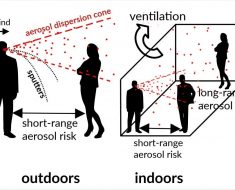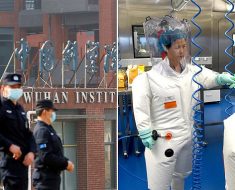NEW YORK (Reuters Health) – Prone positioning has become increasingly used as an adjunct to increase oxygenation in critical-care patients during the COVID-19 pandemic, and a new study suggests a low risk of ocular injuries with the practice.
Writing in the American Journal of Ophthalmology, the authors note that prone positioning of critically ill patients is not without risk. The U.K. Faculty of Intensive Care Medicine (FICM) published guidelines for use of prone positioning in 2019 out of concern that the increased use of prone positioning was contributing to the rise in critical safety incidents, including pressure injuries to anterior structures.
Dr. Timothy Patterson of Craigavon Area Hospital in Northern Ireland and colleagues reviewed the incidence and types of ocular injury reported in randomized controlled trials of prone positioning versus supine in adult critical care, and performed a meta-analysis of the data when possible. “This has not been conducted before to our knowledge,” they write.
The analysis included 11 studies with 2,247 critically ill adults. Of these, 1,089 patients underwent supine positioning only and 1,158 were randomly allocated to prone positioning.
“Comparisons were made with all reported ocular injuries and with edema removed, as transient dependent facial edema is anecdotally expected on pronation,” the authors note.
“When prone versus supine positioning was reported, there was a non-significant difference between rates of ocular injuries between the groups. The crude rates of eye injury across all studies was 1.30% (15/1158) in the prone group and 1.19% (13/1089) in the supine group, reducing to 0.17% (2/1158) and 0.18% (2/1089) respectively when reports of edema were removed,” they report.
Meta-analysis demonstrated no significant difference in the odds of ocular injury with prone versus supine positioning.
“Of note, only three studies reported ocular injury, with this reducing to one following removal of eyelid edema and chemosis. The remaining ocular injuries were cases of sub-conjunctival hemorrhage,” the authors note.
They recommend further investigation of the longer-term effects of prone positioning, “with an increased cohort of patients post-prone positioning expected following the COVID-19 pandemic.”
SOURCE: http://bit.ly/3l9qYEo American Journal of Ophthalmology, online March 3, 2021.
Source: Read Full Article





